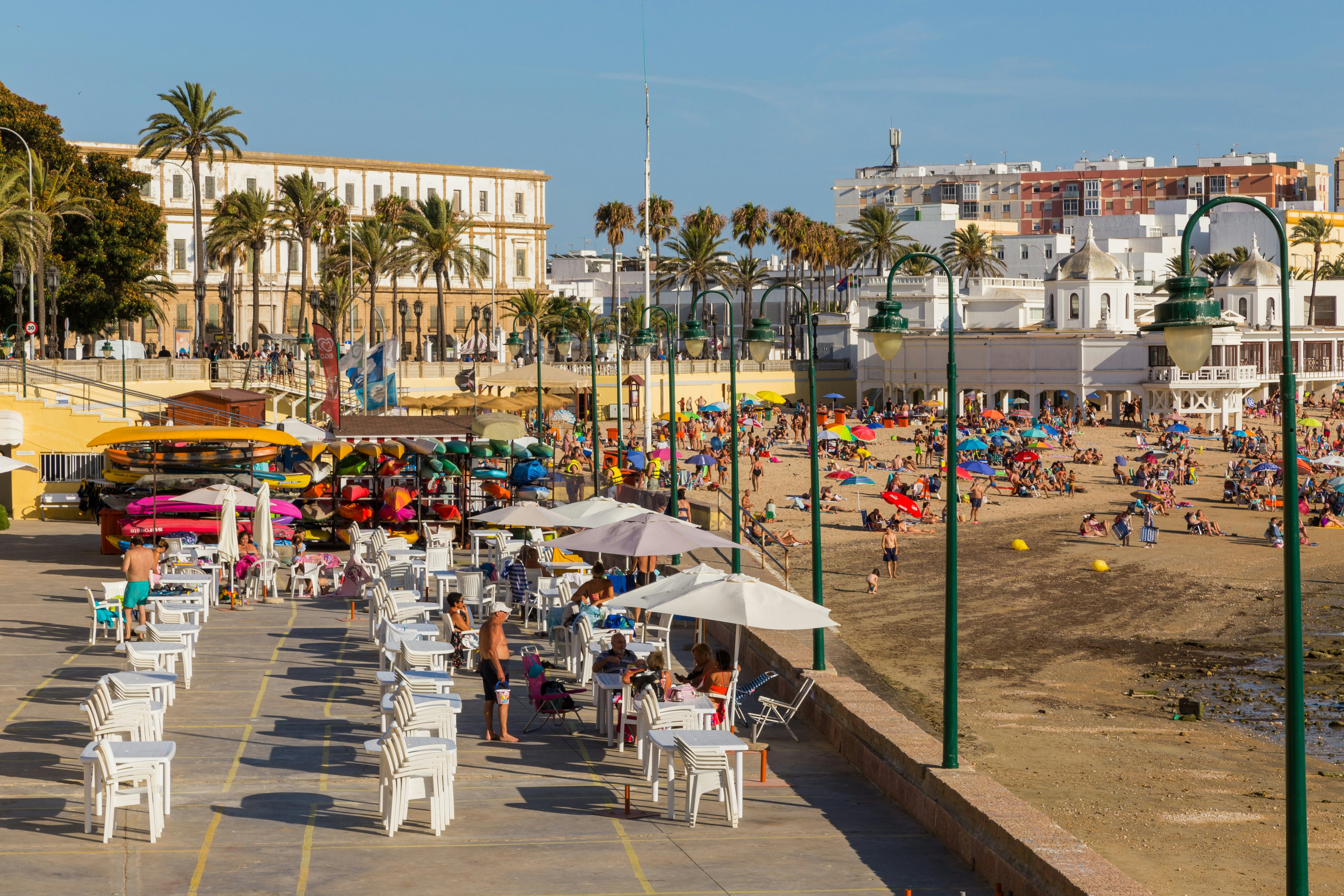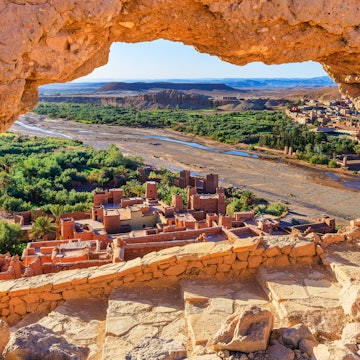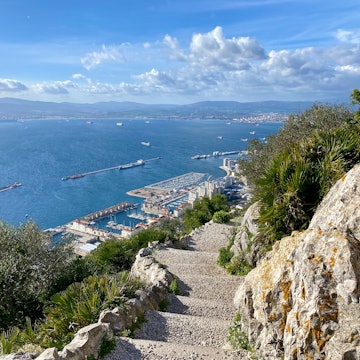
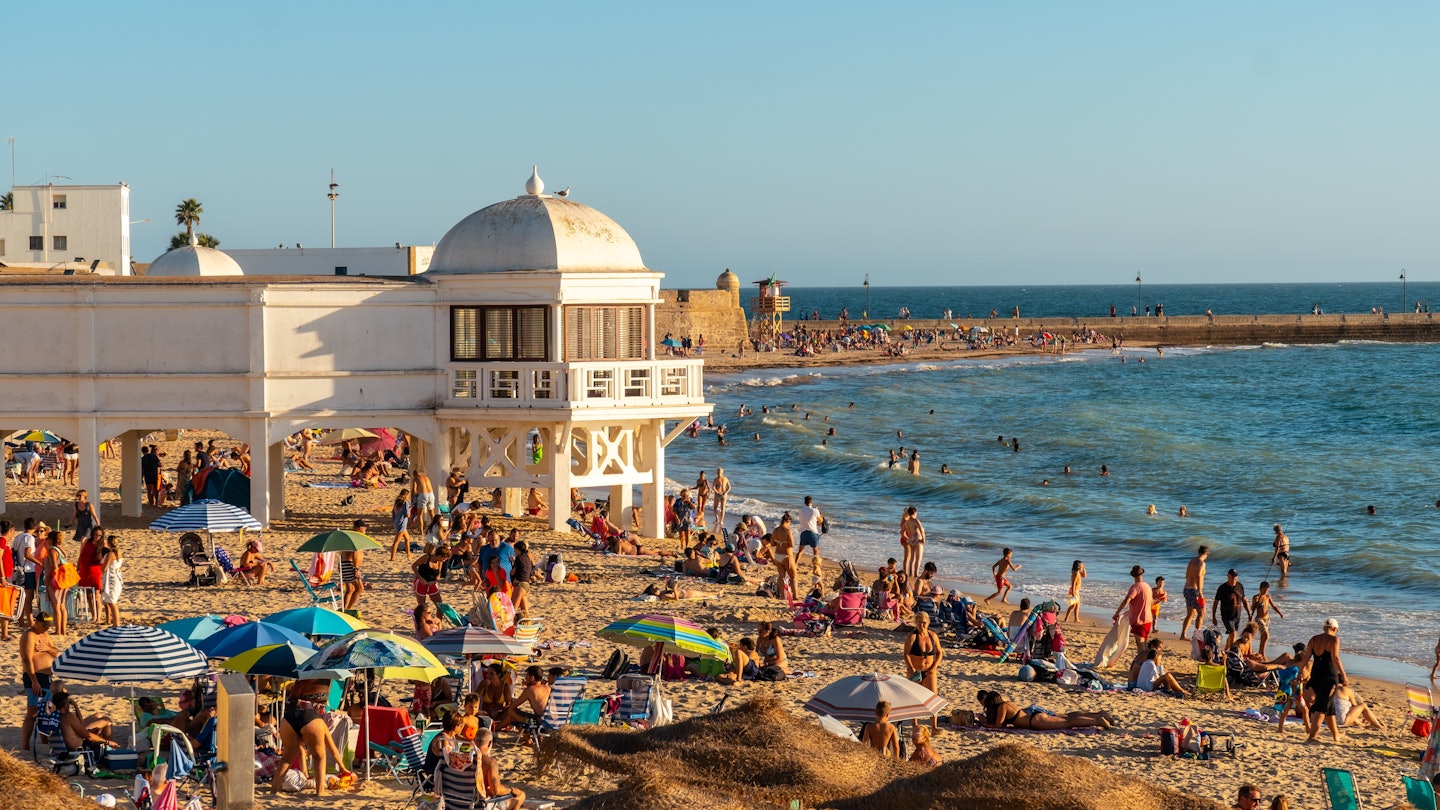
Playa de la Caleta urban beach in Cádiz. Unai Huizi Photography/Shutterstock
Seville’s grand Moorish palace, the Real Alcázar and its ornate Plaza de España attract millions each year, but just under two hours away, coastal Cádiz offers some equally impressive experiences among some of Spain’s most ancient streets.
Set on a narrow peninsula jutting out into the Atlantic in the southwest of Spain, Cádiz is not only the oldest city in the country, but also one of the oldest continuously inhabited cities in Western Europe. Founded as Gadir by the Phoenicians around 1100 BCE, ancient buildings sit alongside wide sandy beaches, flamenco beats echo through the streets, and the smell of fried seafood fills the air.
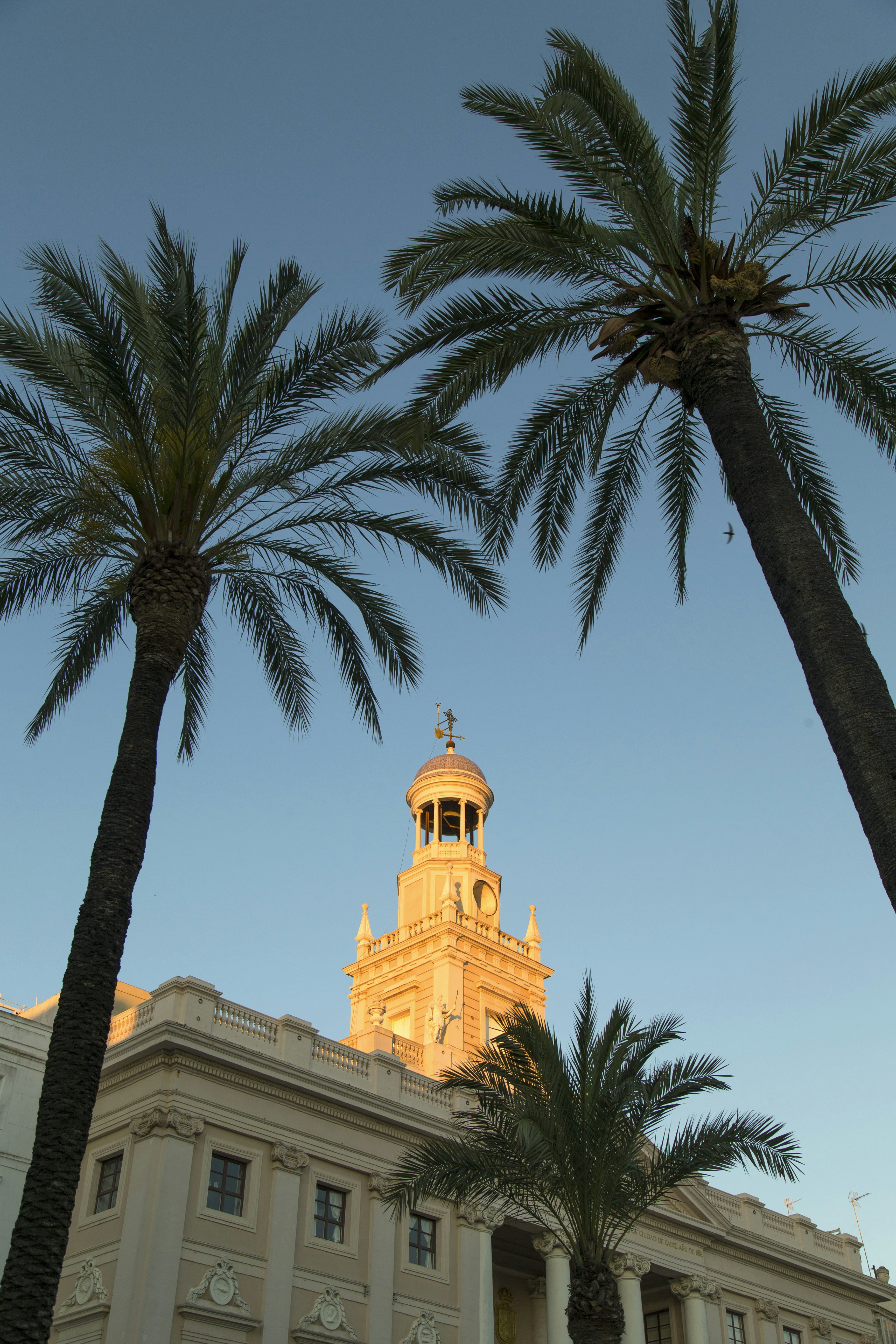
Why visit Cádiz now?
As many destinations in Spain struggle increasingly with overtourism, Cádiz is positioning itself as a sustainable travel destination, improving its infrastructure, aiming to draw those seeking authentic Andalucian experiences, as well as focusing on its natural offerings: the ocean, the nearby mountains and wineries.
Sitting on the coast, Cádiz also benefits from sea breezes and much cooler temperatures than those destinations further inland, such as Seville and Córdoba, which, unfortunately, are becoming very uncomfortable in summer due to their intense heatwaves, which can start even as early as spring.
While the highlight of the Cádiz calendar is Carnaval, around February and March, many more events take place throughout the year. In early September, Cádiz celebrates its Festival de Folklore showcasing flamenco as well as other traditional music and dances. Then in early October (October 7 in 2025), the Fiesta de la Virgen del Rosario takes place, marked with religious processions and floral offerings. At the end of that same month, the city celebrates Tosantos (Todos los Santos or All Saints’ Day) in a unique way where market vendors decorate their stalls with humorously carved fruits and vegetables. November sees the Festival Internacional de Danza Contemporánea and then in December it’s the Festival Internacional del Títere Ciudad de Cádiz (International Puppet Festival).
Catedral de Cádiz. Olga Kot Photo/Shutterstock
Cádiz’s best experiences
Get lost in the streets of the casco antiguo
Cádiz is all about soaking up history and one of the best ways to do that is to explore the old town (casco antiguo) and get lost among its colorful narrow streets. Begin at the iconic yellow-domed Catedral de Cádiz, an elegant baroque-neoclassical construction, then move next door to the Teatro Romano (Roman Theatre), built in the late 1st century BCE and home to 100,000 spectators in its heyday. Other highlights include the Torre del Reloj 18th-century watchtower and the Torre Tavira, home to a camera obscura showing panoramic views of the city.
Learn all about ancient history at the Museo de Cádiz
Cádiz’s city museum is a must-visit to understand all about the city’s long history. The lower floors focus on ancient history, going all the way back to the founding of the city by the Phoenicians. Of notable interest are Phoenician marble sarcophagi dating from the 5th century. There’s also a Roman section featuring a 2nd-century marble statue of Emperor Trajan discovered at Baelo Claudia, one of Andalucía's most important Roman archaeological sites. The upper floors, meanwhile, focus on fine art from the 16th to 20th centuries, including works by Murillo and Rubens. There are also Tía Norica traditional puppets from the 19th and 20th centuries.
Catch a flamenco show
Seville may be better known for its flamenco, but along with Jerez de la Frontera, Cádiz is one of the cradles of this Andalucian art form. Two of the most famous places to catch a performance are Peña Flamenca La Perla de Cádiz, an authentic flamenco club attracting international artists right along the maritime promenade, and La Cava Tablao Flamenco, a more touristy venue with an accompanying gastronomic experience, yet loved for its intimate space. Other good places include Peña Flamenca Juanito Villar set near the Castillo de San Sebastian; Tablao Flamenco Cueva del Pájaro Azul, one of the first flamenco venues in the city; and Peña Flamenca Enrique el Mellizo, a cozy and authentic family-run establishment.
Go on your own tapas tour
Cádiz is one of Andalucía’s great foodie cities with a unique gastronomy, and the perfect way to sample it is by hopping from bar to bar, tasting different dishes along the way. Start at Restaurante El Faro de Cádiz, known as one of the best places for classic Cádiz tortillitas de camarones (shrimp fritters). Then, if you can, squeeze into tiny Bar La Tabernita for cazón al brandy en salsa de tomate (dogfish with brandy in tomato sauce). Another classic is Taberna Casa Manteca, which specializes in cured meats and salt-cured tuna. La Tapería de Columela is also known for its excellent tuna dishes, while piriñaca (tomato, pepper, and onion mixed with olive oil and sherry vinegar) is best ordered at Taberna El Tio de la Tiza.
Visit the Castillo de Santa Catalina and then relax below on La Caleta beach
Climb up to the Castillo de Santa Catalina, a star-shaped 16th-century fortress built after the Anglo-Dutch attack on the city in 1596. It not only offers sweeping views of Playa de la Caleta beach from the ramparts, but also several interesting exhibitions around the central parade ground. Afterwards, head down to the beach itself, a golden crescent, dominated by the grand Balneario de Nuestra Señora de la Palma y del Real, a historic 1920s bathhouse taking inspiration from Moorish designs.
Take the ferry over to El Puerto de Santa María for some sherry tasting
While Cádiz city has more than enough to keep you entertained for several days, if you have more time, head over to El Puerto de Santa María – one of the points on Spain’s famed Sherry Triangle, along with Jerez de la Frontera and Sanlúcar de Barrameda. The ferry ride takes approximately 30 minutes and offers the opportunity to enjoy unique views over Cádiz along the way. This is the home of Bodegas Osborne sherry, with its iconic bull logo, which was founded back in 1772, and today is still run by the same family.
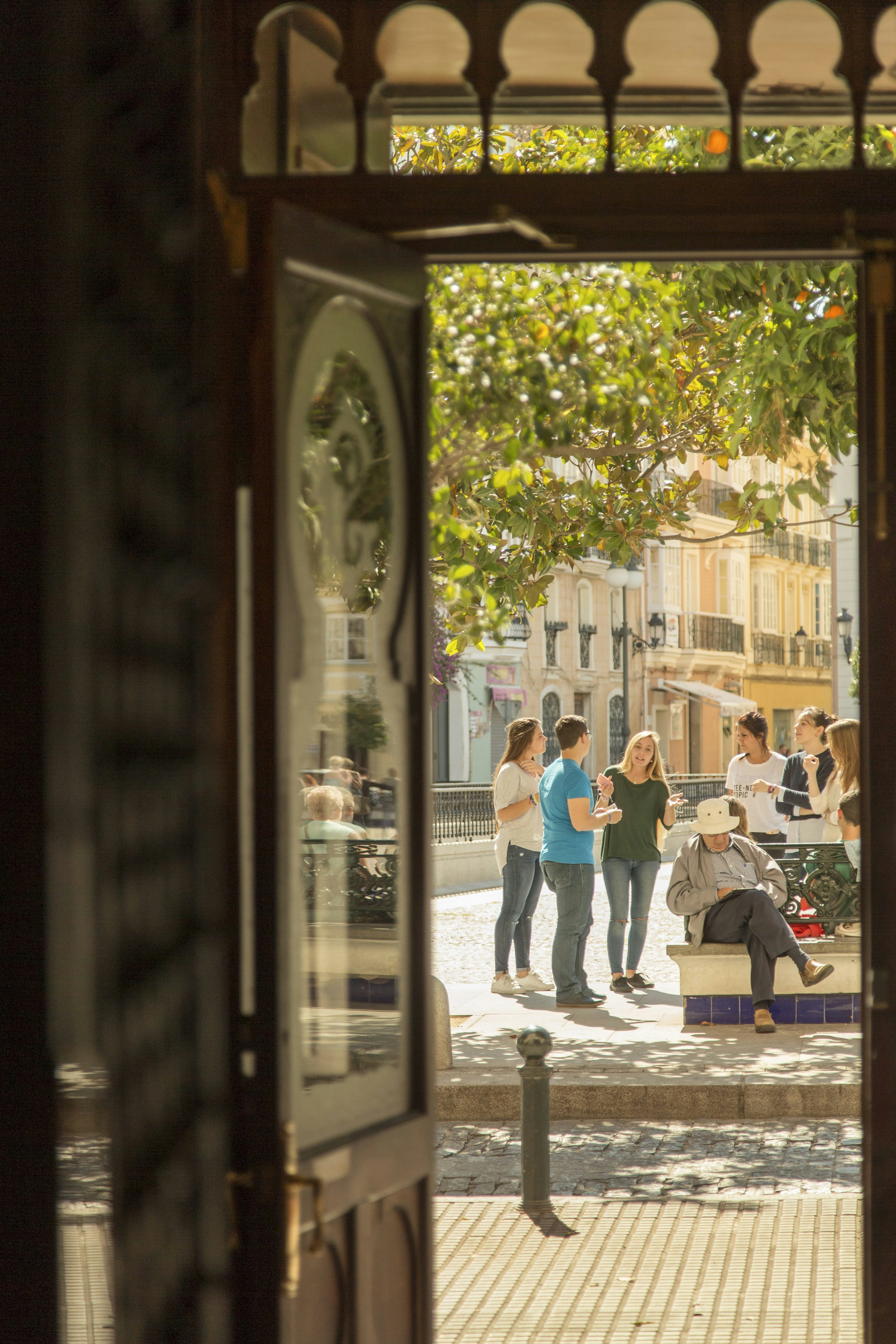
Where to stay in Cádiz
If it’s your first time visiting Cádiz, it’s best to stay in the casco antiguo close to many of the city’s major sights. The old town is split up into several neighborhoods, all of which can be great places to base yourself depending on what you want from your trip. Barrio del Pópulo is the oldest neighbourhood in the city, crisscrossed by narrow alleyways and home to some of its most historic monuments, including the Catedral de Cádiz and the Teatro Romano. If you want to be nearer to the Playa de la Caleta, choose Barrio de la Viña, the old fishers' quarter, filled with lively bars and seafood restaurants. It’s centered around buzzing Calle Virgen de la Palma and Plaza de la Cruz Verde.
Mentidero is another good option right in the central northern part of the old town, making it a great location for many of the major attractions. It’s home to the elegant Gran Teatro Falla, as well as the lovely, peaceful Parque Genovés and Jardines de la Alameda, perfect for strolls.
If you’ve been to Cádiz before or just want to spend more time near the beach, base yourself near the Paseo Marítimo and Extramuros areas, outside the city walls and in the new part of the city. Here you can be closer to Playa de Santa María del Mar and the long stretch of Playa de la Victoria.
For somewhere a little bit different in the old town, stay at the Hotel Boutique Convento Cádiz, housed in a 17th-century former Dominican monastery with rooms still circled around a cloistered courtyard. The stylish Parador de Cádiz also offers luxurious stays with epic views over the Bay of Cádiz, right in between the tranquil Parque Genovés and Playa de la Caleta.
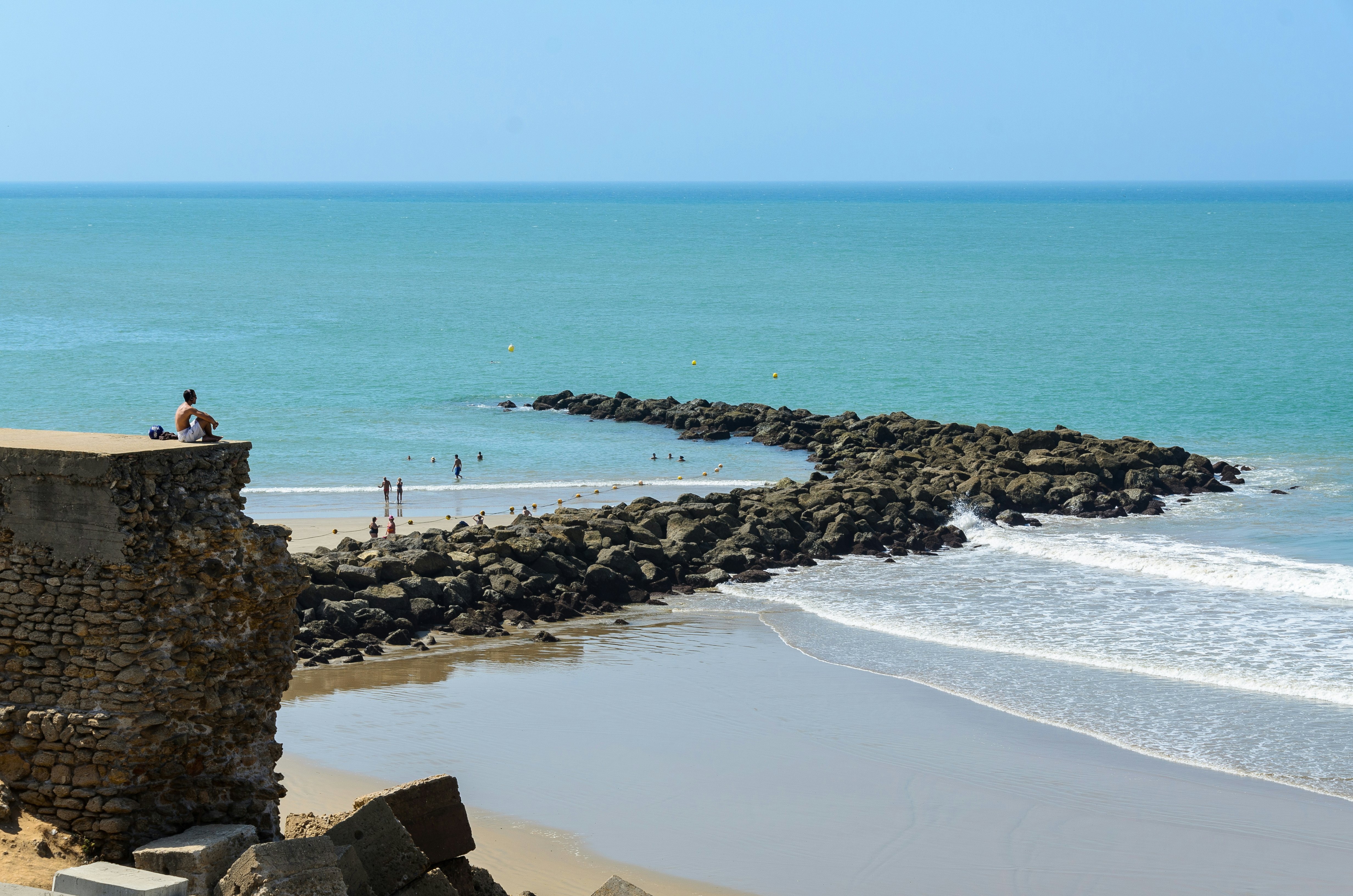
How to pair a trip to Seville or Málaga with a visit to Cádiz
Due to their major transport hubs, Seville and Málaga are often popular entry and departure points for Andalucía, but it’s easy to combine one of these more popular destinations with a visit to more laid-back Cádiz. From Seville, trains leave regularly for Cádiz, taking around 1½ hours. Tickets start from €13.30 (US$15.40) one way but can go up in price depending on the time you travel. Check the Renfe website in advance to find the best deals.
Due to the mountainous terrain and natural parks between Cádiz and Málaga, transport is not so quick from here. Trains take approximately 4 hours going via Córdoba and Seville before reaching Cádiz. This could be an excellent opportunity, however, to make a trip of it, taking in four of Andalucía’s best cities. Tickets cost from around €65 (US$75.50), again depending on what time, as well as which rail provider you go with. Check Renfe and the Iryo websites.








